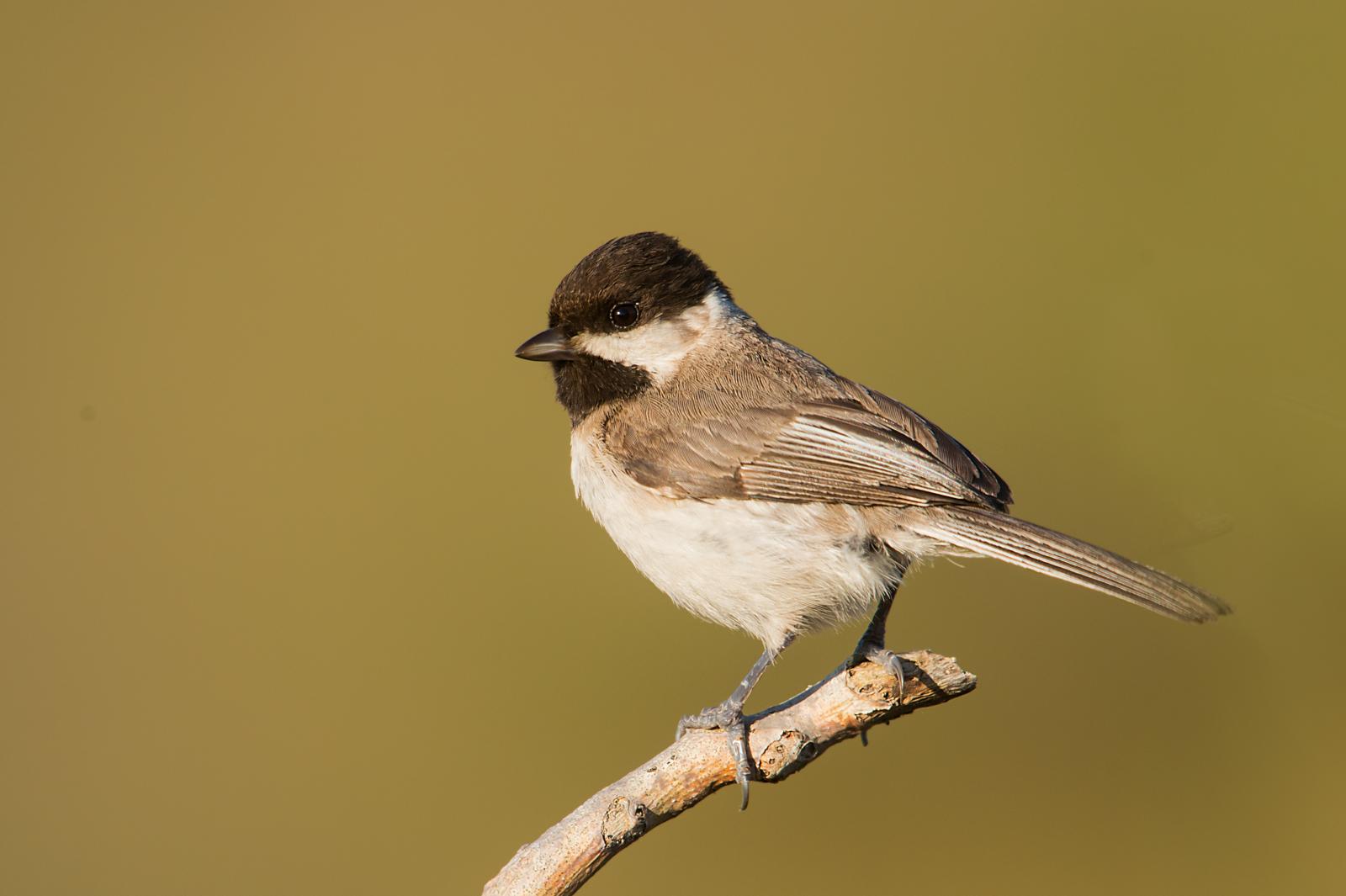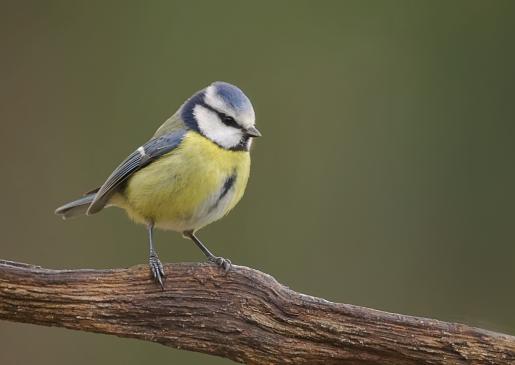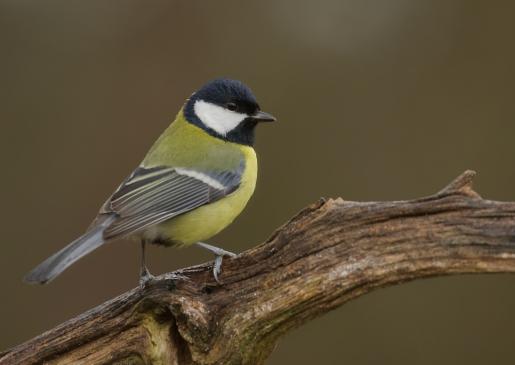Identification
Greyish brown on top with black head, white cheek and characteristic extended black neck. The underparts are whitish while a light-coloured thin band is visible on the closed wing. Greyish legs and black beak. Like all Tits it has strong legs so it can hang upside down as it moves among the vegetation in search of food.
Distribution - Habitat
A species that can be considered endemic to the eastern Mediterranean region, it occurs in the Balkan peninsula and Romania, Anatolia up to western Iran and on the coasts of the Middle Eastern countries (Syria, Lebanon, Israel). In Greece it is absent from the Aegean islands except Crete, Evia and Lesvos and in the Ionian Sea it occurs in Corfu.
Interesting Information
- It feeds mainly on invertebrates (caterpillars, spiders, grasshoppers, etc.) but also on seeds of thorns and other annual plants.
- It nests in cavities in tree trunks and less often on the ground.
- It lays a relatively large number of eggs (5-8), like all cavity-nesting species, and generally twice a year (in spring). The chicks hatch for 12-15 days and the young remain in the nest for about another 20.



